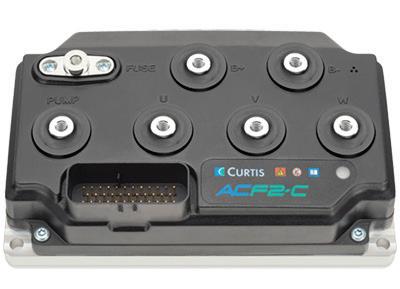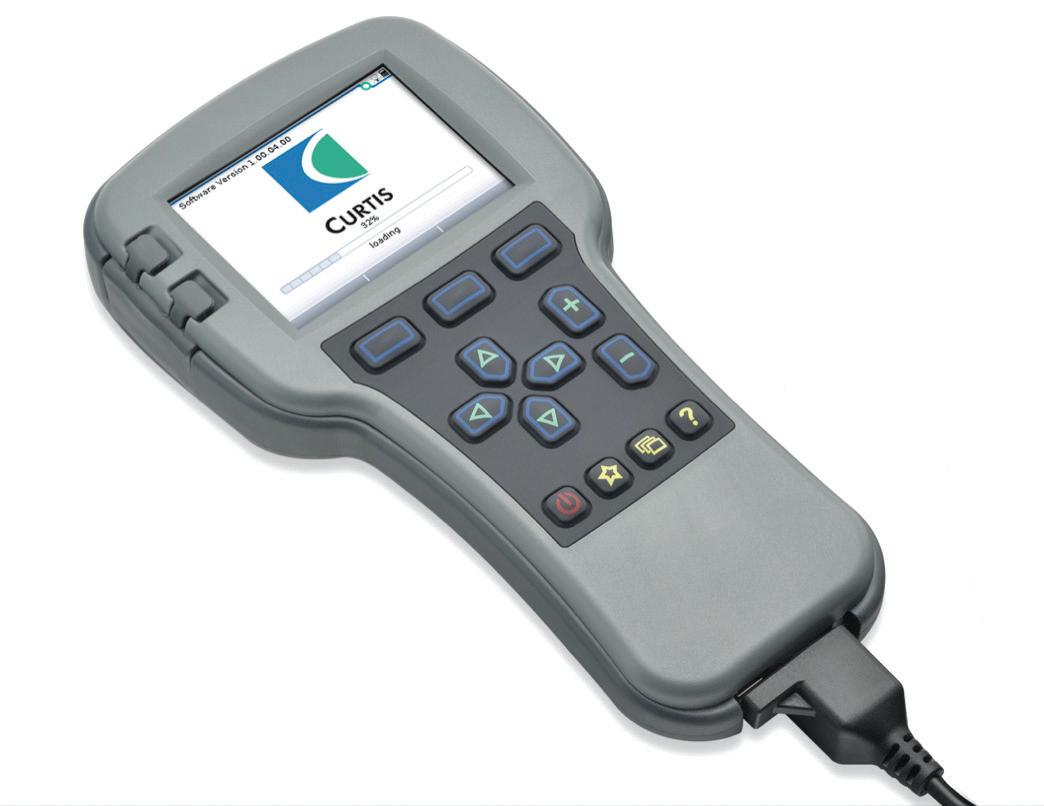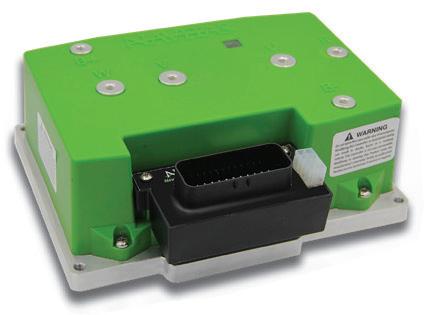
5 minute read
A Beginners Guide to Speed Controllers
ABeginner’s Guide to Golf Cart Speed Controllers will explain why the speed controller is truly the heart of your golf cart. Though the speed controller is perhaps the most important part on your cart, many people simply don’t understand how they work or what they do.
THE IMPORTANCE OF THE SPEED CONTROLLER
Here is a profound statement for you: the main objective of the speed controller is to control the vehicle speed. Operating a DC motor without a controller would send the full battery current and voltage to the motor. Think whiplash. It would cause violent take-offs and put unnecessary stress on your drive components.
If your golf cart is running an AC or Brushless DC motor, you won’t be going anywhere without a speed controller. In these specific types of motors, electrical signals fire back and forth which reverse in direction at different times. This must stay consistent, and has to be timed precisely with the motors rotation. The function of the controller in these situations, is to generate the reversing AC signals.
Instead of using your useless AC motor, or your full power DC motor, consider installing a speed controller.
The controller meters out current and voltage on your battery based on user input, whether that be a gas pedal, a throttle, or even pedals on a bicycle.
With the controller you are able to control your acceleration and deceleration, as well as the speed at which your vehicle moves.
SPEED CONTROLLER FUNCTIONS
In addition to controlling the vehicles speed, there are a few other functions that speed controllers can offer, regardless of the motor you are using. • Battery Current Limiter: This protects the battery from excessive discharge. This also pulls back the battery current as it depletes, which prevents cell damage. • Motor Current Limiter: This can protect your vehicle controller and motor from damage if overloaded or stalled. • Thermal Protection: This can protect your controller from overheating. • Monitors the health and charge of your battery. • Throttle Mapping: Easily change the response from your throttle, giving yourself finer control at slow speeds, and more open control at higher speeds.
• Acceleration: Vehicle acceleration can change depending on how much and how fast the throttle is applied.
If you have a newer AC motor, you could find your speed controller offering these additional features. • Device Support on SPF ( Speed of Position Feedback): AC motors can require a sensor in order for the controller to operate smoothly and efficiently. • Motor Parameter Setup: Controller requires technical information from the motor in order for the controller to operate efficiently. • Phase Advance or Field Weakening Info: An AC motor can typically run at higher speeds. The speed controller needs setup information in order for this feature to run properly.
PROGRAMMING YOUR SPEED CONTROLLER
Beyond the already mentioned functions of the speed controller, there are many other features available when programming the controller yourself.
If you have a computer or a handheld programmer, then changing the settings on your speed controller is super easy.
Today your motor options include brushed permanent magnet, separately excited, series wound, brushless DC, induction AC, and permanent magnet AC. Each of these choices has its own pros and cons, and their own specific requirements when it comes to controllers.
Secondly the controller you choose must be able to operate with your rated battery pack voltage. The typical small electric vehicle will operate with battery packs between 24V – 96V, so make sure you’re choosing the right controller for your batteries.
DETERMINING YOUR POWER RATING NEEDED
After you have figured out your motor type and battery voltage, consider looking deeper into the current and power rating of your speed controller.
This will be based on multiple aspects including the weight and size of the vehicle (load included), your average vehicle speed, and the environment in which your vehicle will be riding in.
The power provided by the controller will obviously change from vehicle to vehicle. For instance, your 3 wheeled mall scooter isn’t going to need the same power as a golf cart pulling a loaded trailer up a hill.
This is important stuff! Programming your speed controller to handle how the vehicle will be driven can make a huge difference. Not only will your golf carts mechanical components last longer, but you’ll be able to avoid overheating during operation, depending on your conditions.


CHOOSING THE RIGHT CONTROLLER
Like I previously stated, you need to make sure you know what your vehicle is going to be used for!
If your golf cart is going to be used for transporting 2 people or light loads on flat ground, and smooth roads, a small 200-300 AMP controller with a 2-5 horsepower motor should adequately perform. You’ll find that most vehicles in this category run with 24 to 36 Volt battery packs.
If your golf cart is meant to carry multiple passengers, or over rocky and hilly terrain, you’ll need a more powerful drive train. These vehicles will have motors with 5 to 10 horsepower, and controllers that can deliver 300 to 600 AMPS. The battery packs found in these vehicles will most likely be in the 36 to 48
volt range.

FINAL THOUGHTS
As you can see, the speed controller is the center of your golf cart, and most of the other modern day electric vehicles. Making sure you choose the right controller for your new custom cart makes all the difference in the vehicle running safely, and smoothly.
When upgrading your controller for your golf cart, we suggest working with manufacturers that have spent the time building controllers for your specific brand.
This makes it much easier on you as well. The two biggest brands in the business are Curtis and Navitas. If you have your make and model, and the voltage on your batteries, we’re sure that they have the right controller for your custom golf cart.










